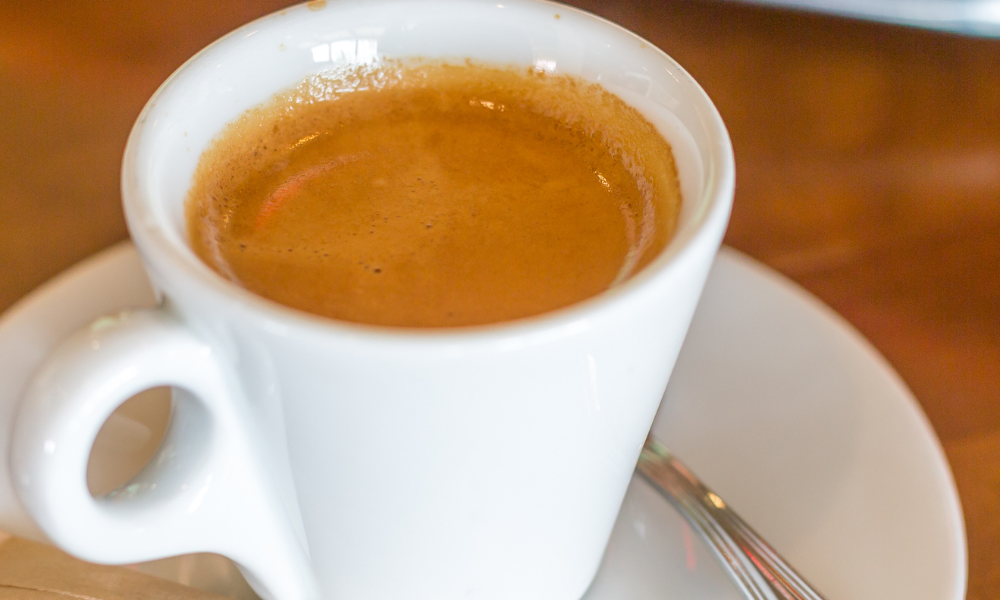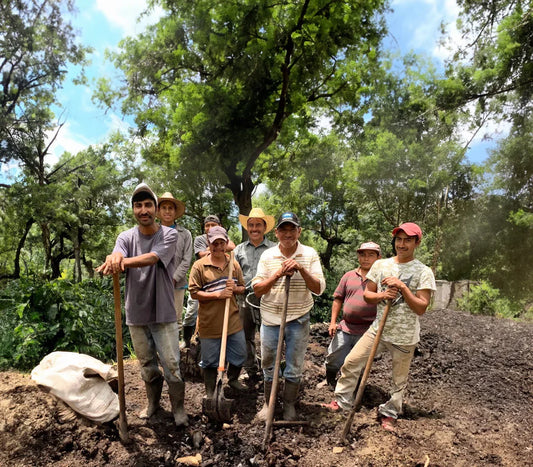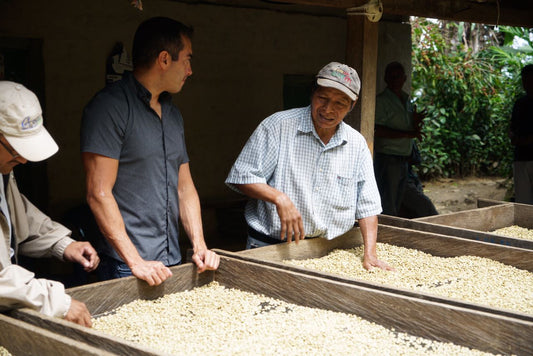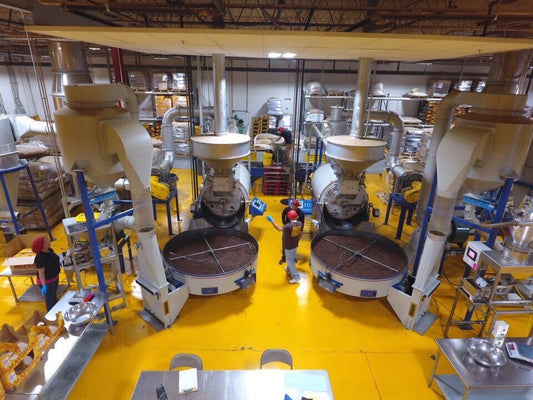
Rich Coffee Traditions: Exploring Latin Brewing Methods
For coffee lovers and enthusiasts such as ourselves, it is no secret that brewing methods can yield vastly different textures, aromas, flavors, and depth.
Jump to:
However, you may be less familiar with the diversity of brewing methods in Latin America; methods which are deeply tied to the history and heritage of Latin America. Just as a sip of Cuban Cafecito brings velvety smoothness, and a Mexican cafetera is known for their rich, bold complexity, such diversity in flavor is produced by converging traditional brewing techniques with modern innovation.
The Elegance of Cuban Cafecito
The Cuban cafecito – also known as café cubano – is a prime example of Latin Brewing’s simple elegance. The cafecito is known most for its bold notes of dark chocolate, caramel, and toasted nuts, with a slight bitterness that adds significant depth to the overall profile. The texture can be described as velvety and bold, with a smooth and silky ending; a further defining feature of a cafecito is a touch of sweetness. Traditionally, the demerara sugar is added to the coffee grounds during the brewing process, allowing it to infuse the entire cup with caramelized sweetness. Its preparation involves adding a small amount of finely ground coffee to a moka pot, sweetening the espresso-like brew.
Juan Pérez, an acclaimed Cuban coffee expert describes cafecito as a “social experience that fuels conversations and connections." Despite its enticing attributes, the cafecito does have limitations. Its small serving size can leave coffee drinkers longing for more, and the sweetness may not suit everyone's taste. Nevertheless, the cafecito's complex flavor profile makes it a staple in Latin American households and a symbol of Cuban heritage.
The Bold Artistry of the Mexican Cafetera:
In regions of Mexico, a distinct brewing method known as the cafetera reigns supreme. This traditional stovetop coffee maker is the epitome of Mexican artistry and craftsmanship.
The cafetera comprises two chambers—an upper compartment for water and a lower one for ground coffee, separated by a filter. Mexican coffee enthusiast, María Morales, beautifully describes the preparation of a cafetera. "Brewing coffee with a cafetera is like unveiling a masterpiece. Each sip unravels a tapestry of bold flavors and intoxicating aromas."
The cafetera's one true attribute lies in its versatility. It allows for adjustments in brewing strength, making it suitable for a range of preferences. In addition, its simplicity promotes an intimate connection with the brewing process, encouraging coffee enthusiasts to embrace the ritualistic nature of their daily cup.
Though, despite its virtues, the cafetera requires patience and precision. Achieving the perfect balance between strength and smoothness demands skillful preparation. Nevertheless, for those who embrace the artistry and seek a taste of Mexico's vibrant coffee culture, the cafetera offers an immersive experience like no other.

Reviving Ancient Techniques: Indigenous Brewing Methods
In the remote mountainous regions of Central and South America, indigenous communities have preserved ancient brewing methods for generations. These techniques, deeply rooted in cultural and spiritual practices, produce coffee with a meaningful connection to the land and its people. One such method practiced by the Mayans in Guatemala, involves using a clay pot known as an olla to brew coffee. The olla brewing method is a means to preserve ancestral legacy, but is also a brewing method that connects land to nature; it’s sustainable, as well as being a ritualistic and mindful first brewing method.
Latin brewing methods offer a journey into the heart and soul of a rich coffee culture in Latin America. From the simple elegance of the Cuban cafecito to the artistry of the Mexican cafetera and the ancient wisdom of indigenous brewing, each method paints a unique portrait of tradition and innovation. As we savor each sip, we celebrate the intricate flavors and aromas that bridge the past and the present, reminding us that a simple cup of coffee can carry the weight of a thousand stories.


